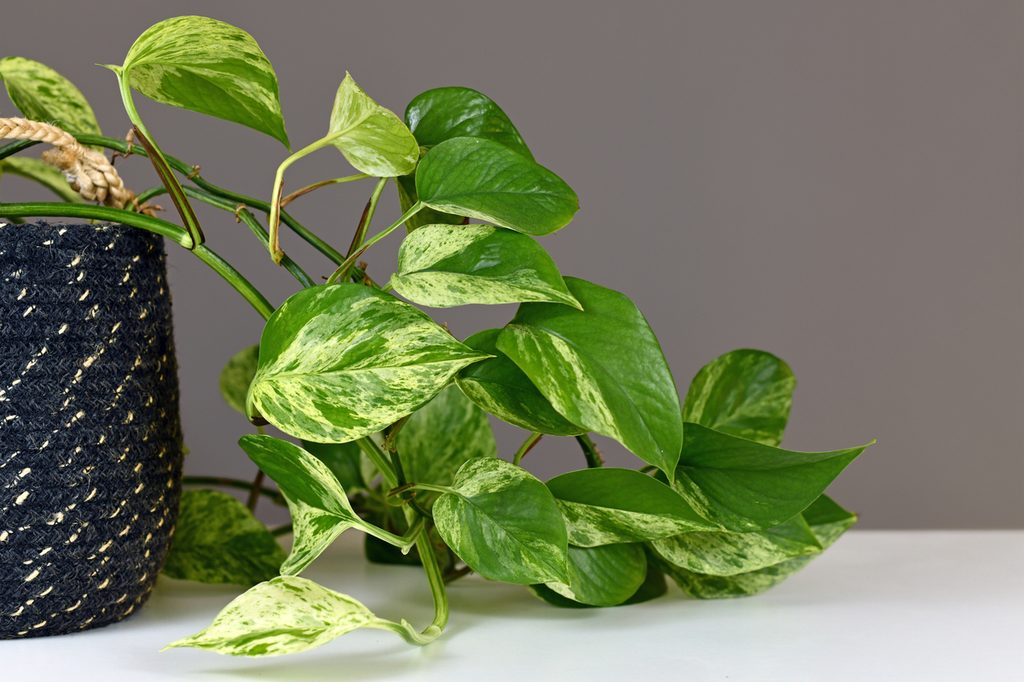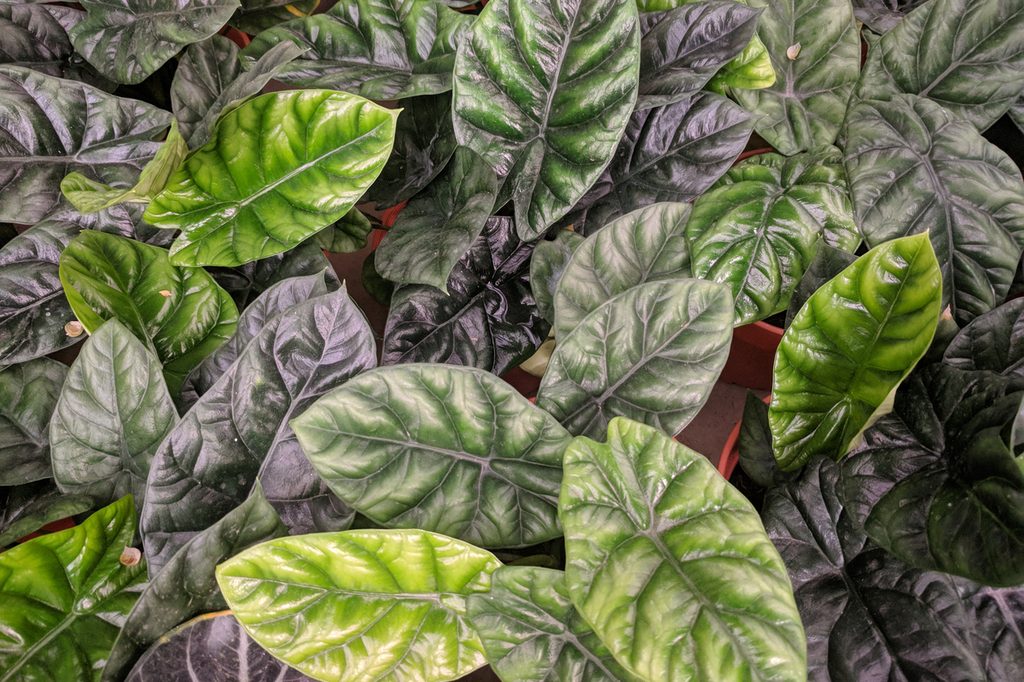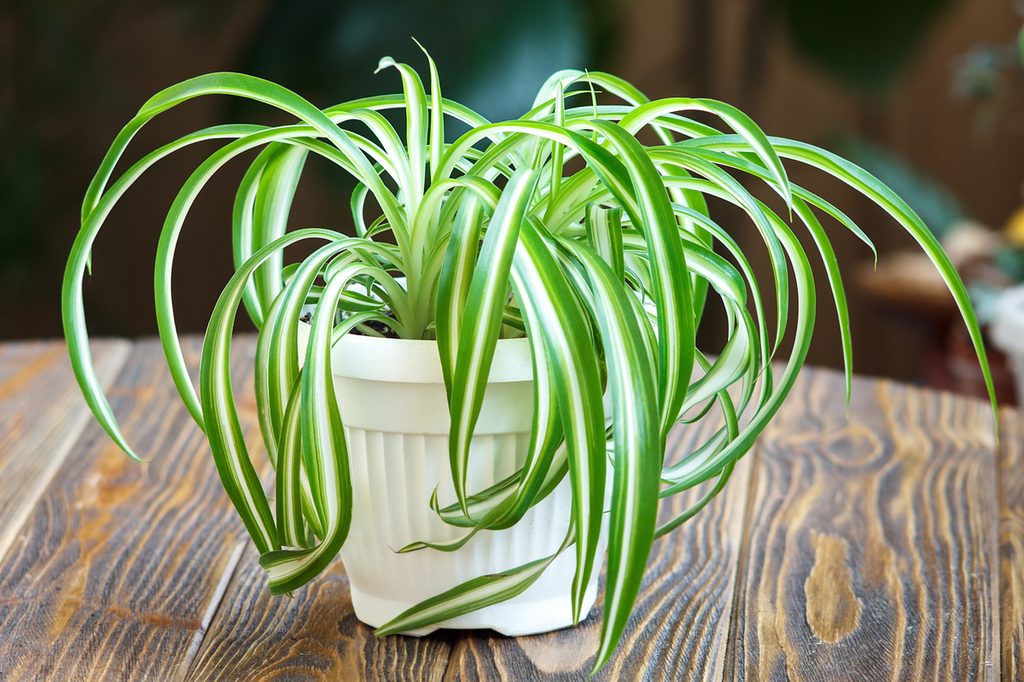
Houseplants and pets are both soothing and fun to have around your house. Unfortunately, some pets and plants don’t mix. There are plants toxic to cats and plants toxic to dogs, and if you aren’t careful, they can be harmful to have in your collection. When you have furry little animals running around, it’s important to be mindful of their health and safety. Here are a few of the most common houseplants that aren’t safe for pets.
What makes a plant toxic to pets?

Toxic plants are ones that have been reported to cause adverse or intense effects on the systems in an animal’s body, like the gastrointestinal tract. Many plants that are encountered frequently are ones that are grown outside, so those are obviously the most widely known. This makes it even more important to research your houseplants before buying, especially when the plants are native to climates you don’t reside in.
Some plants are only mildly toxic and won’t result in any life-threatening conditions, but they’re still important to be aware of. One common side effect of a toxic plant is vomiting. The ASPCA has a good list of both toxic and non-toxic plants that cover plants found indoors and outdoors. If you think your pet may have ingested a toxic plant, contact your local vet, emergency animal hospital, or the APCC emergency poison hotline at 1-888-426-4435.
Plants to be wary of as a pet owner

As a pet owner, you should always look up the names of the plants you want to buy to figure out how harmful (or not harmful) they’ll be to your pets. This list goes over a few of the plants that have risen to popularity, either for their looks or their ease of care. You may have seen these on Pinterest or your Instagram feed and felt a twinge of envy, and don’t worry, you can still grow them! But grow responsibly, taking care to keep them out of reach of your pets on high shelves or in hanging baskets.
Monstera deliciosa
The Monstera deliciosa is widely popular and well known, and it sports enormous leaves full of holes that resemble Swiss cheese. It’s a truly picturesque plant that is, in fact, mildly toxic to both cats and dogs. If ingested, it can cause difficulty swallowing, excessive drooling, oral irritation, vomiting, and pain and swelling of the lips, mouth, and tongue.
If your pet only gets a small nibble, chances are the effects won’t be too severe; however, no matter the amount, it’s important to call your local vet or emergency animal hospital and have them take a look. In large quantities, ingesting a monstera could be quite detrimental to a pet’s health.
Alocasia (any variety)
Alocasias are other plants that have grown quite popular throughout 2020 and 2021 with their heart- and arrow-shaped leaves. Some of the more popular varieties include alocasia silver dragon, dragon scale alocasia, and alocasia black velvet. Unfortunately, they’re also very poisonous (to both humans and pets).
Their leaves contain insoluble oxalate crystals that are released when the leaves are bitten into, causing swelling and irritation of the mouth and gastrointestinal tract. In serious cases, extreme swelling of the airway is possible, which makes it difficult to breathe. Contact your vet immediately if you think one of your pets has bitten into a leaf.
Pothos
Pothos plants are popular among indoor gardeners for their ease of growth and ability to tolerate most environments. Because they’re often in hanging baskets, there’s less of a concern about them being ingested. The higher up they are, the more out of reach; however, most houseplant owners don’t know that they’re poisonous to pets.
Their colors and variegations are unassuming, but similar to both the monstera and the alocasia varieties, pothos leaves contain insoluble calcium oxalates that cause difficulty swallowing; excessive drooling; intense burning and irritation of the lips, tongue, and mouth; oral irritation; and vomiting when ingested.
Lilies
Lilies get their own section, as they are toxic in a way that many other houseplants aren’t. Lilies are like other toxic plants in that they will make your pets sick if they bite, chew, or eat them, but pets can also become sick if they lick lily pollen off their fur or drink the water from a vase of lilies.
While the exact amount of pollen or water it takes to make an animal sick varies based on the size of your pet, even small amounts can be seriously dangerous. Unlike other toxic plants, which are safe as long as they’re out of reach, it’s best not to have lilies in your home if you have pets.
Don’t worry, some plants are pet safe!

Having pets doesn’t automatically mean you can never have plants. If you don’t have spots up high or don’t want to run the risk of your pets ingesting pieces of the plants that fall down from hanging baskets, there are other options! Pet-safe plants make up a vast majority of any pet owner’s houseplant collection, and they’re just as beautiful as toxic plants.
Spider plant
Spider plants are similar to pothos plants in that they’re often recommended to beginner houseplant gardeners but don’t come with any of the danger. They look great in pots or hanging baskets that let their leaves and runners cascade down. They’re relatively easy to care for, needing regular watering and decent lighting but tolerating neglect. Spider plants can bounce back beautifully from being underwatered, and they can be propagated almost effortlessly.
Herbs (like basil, rosemary, and thyme)
Herbs are a wonderful choice for pet-safe plants. Not only are they easy to grow, but growing them means you’ll get to have fresh herbs for your recipes. Some of the easiest herbs to grow indoors are ones that don’t take up too much space, including basil, chives, parsley, rosemary, and thyme. Most herbs will be happy with bright, indirect light and regular watering. You don’t want the soil to be soggy, but most herbs don’t like to dry out too much, either.
Neither of these lists is exhaustive, so if you see a plant you like, look it up! A quick search will be able to tell you whether it’s safe for pets (and kids!) or not, and you’ll know right away whether it’s a plant you’ll feel comfortable adding to your collection. Most toxic plants can be kept out of reach and safely cared for, but there are plenty of pet-safe plants you can grow in their place.


